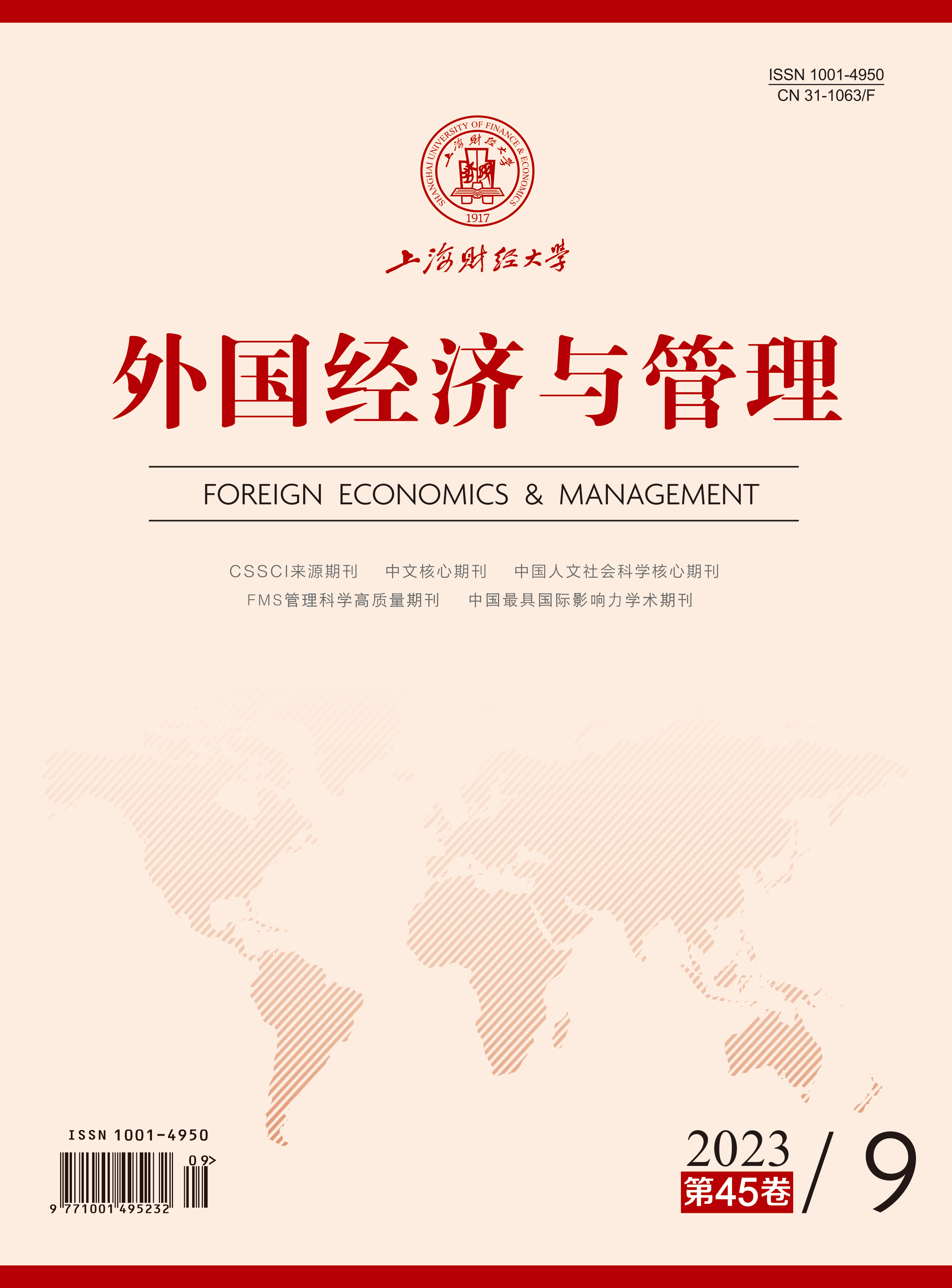As the future development direction of the world and the new engine of high-quality economic development, the digital economy has unprecedented influence and radiation. From the perspective of industrial form, the digital economy can be divided into two aspects: industrial digitalization and digital industrialization. This paper takes 30 provinces in China as the research object, and uses the spatial Dubin model to analyze the intensity, mechanism and regional impact of the two industrial forms on the dual circulation.
The study finds that digital industrialization and industrial digitalization have significant promotion and positive spatial spillover effects on internal circulation, and have significant promotion and negative spatial spillover effects on external circulation. Different from previous theoretical conclusions, the direct effects of digital industrialization and industrial digitization on the dual circulation, in northern and southern areas, and coastal and inland areas, are basically the same, and will not aggravate the imbalance of regional development. In terms of the transmission mechanism of digital industrialization and industrial digitalization, from the perspective of “building a long board”, they have different degrees of promotion and spatial spillover effects on the dual circulation through technology introduction and independent innovation; from the perspective of the complementary board, the two can promote the dual circulation by improving the governance level of poverty reduction, resulting in different degrees of spatial spillover effects.
The contributions of this paper are as follows: First, from the perspective of industrial form, it distinguishes the development characteristics and relative importance of digital industrialization and industrial digitalization, and expounds their different roles in the dual circulation development model and their direct impacts on the dual circulation and spatial spillover effects. Second, it analyzes the transmission mechanism of digital industrialization and industrial digitalization in the dual circulation from the two aspects of innovation and poverty reduction. It also discusses how digital industrialization and industrial digitalization promote the development of dual circulation by stimulating the ability of independent innovation, expanding the scale of technology introduction and improving the effect of poverty reduction on the basis of strengthening the establishment of the relationship between digital industrialization, industrial digitalization and dual circulation. Third, in order to address the concern that the digital economy may aggravate the imbalance of China’s regional development, it discusses the impacts of digital industrialization and industrial digitization on the dual circulation of northern and southern areas, and coastal and inland areas.





 4234
4234  5903
5903

